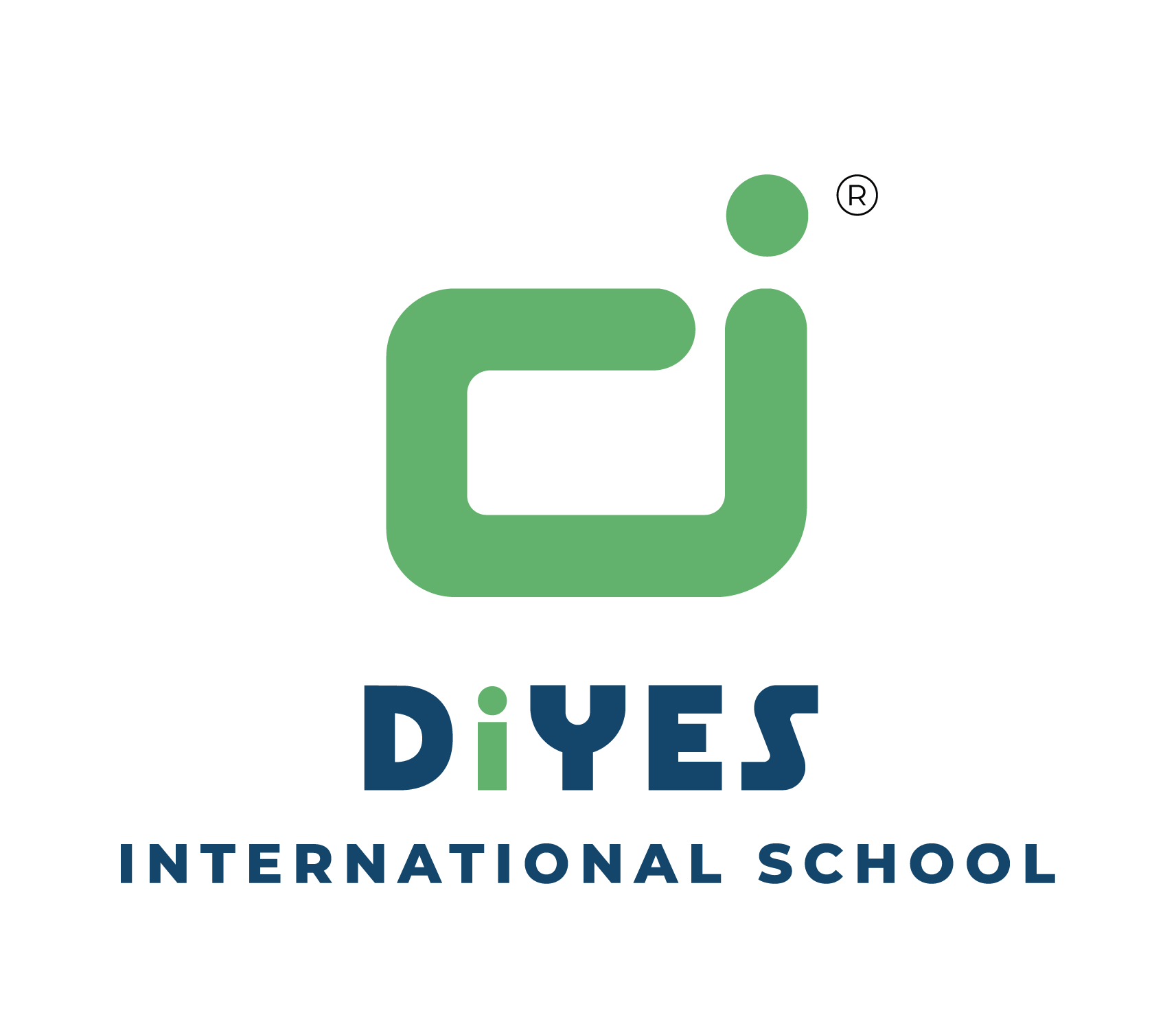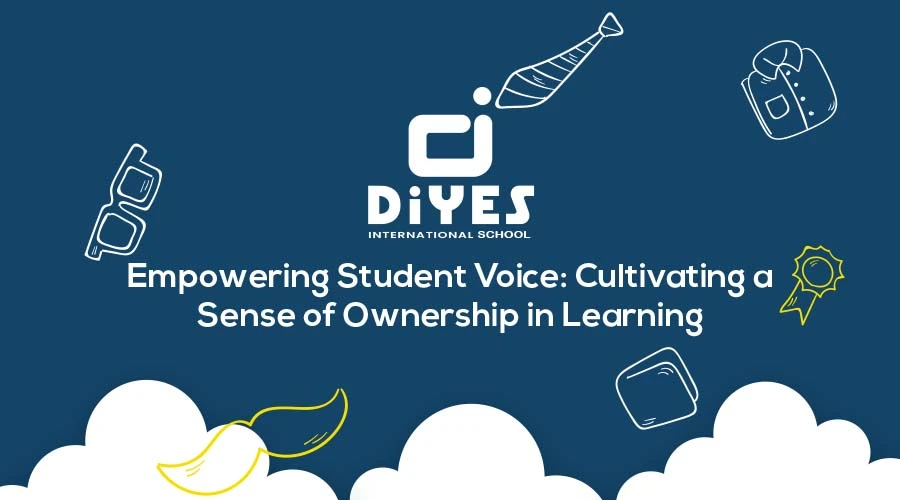Empowering students to take ownership of their learning is a transformative approach that goes beyond traditional educational paradigms. This exploration delves into cultivating ownership in learning, covering the evolution of educational exploration, the power of student voice, autonomy in learning, student-centric curriculum, and innovative learning spaces.

This journey involves reshaping the educational landscape to nurture a sense of autonomy, motivation, and engagement among learners. From recognizing historical shifts to nurturing student agency through technology and collaborative environments, educators play a vital role. This holistic approach embraces student diversity and promotes critical thinking.
The interconnected elements contribute to a transformative educational experience. As we focus on students taking ownership of their learning, the blog also explores the significance of student voice and choice in shaping a more personalized and meaningful learning journey. Through these key components, we aim to create an educational environment where students actively engage, contribute, and find purpose in their academic pursuits.
The Evolution of Educational Exploration
The traditional model of education often positions students as passive recipients of knowledge. However, the evolution of educational exploration acknowledges the need for a shift. In this section, we explore the historical context and the changing dynamics that paved the way for a more student-centric approach.
- Transition from Teacher-Centric to Student-Centric: The traditional teacher-centric model emphasized the role of educators as knowledge providers. The evolution recognizes the importance of student engagement, promoting an active learning environment.
- Rise of Personalized Learning: Technological advancements have facilitated personalized learning experiences, tailoring educational content to individual student needs. This shift aligns with the idea of cultivating ownership by acknowledging diverse learning styles.
- Impact of Student-Centric Approaches: Educational philosophies like Montessori and experiential learning highlight the positive impact of student-centric approaches on academic performance and holistic development.
- Challenges in Transition: Despite the benefits, transitioning from a teacher-centric to a student-centric model poses challenges such as resistance to change and the need for teacher training.
- Incorporating Cultural Sensitivity: Recognizing and respecting diverse cultural backgrounds becomes a crucial aspect of a student-centric approach. Cultivating ownership involves creating an inclusive environment that values and integrates different cultural perspectives.
- Student Involvement in Curriculum Design: An advanced step in student-centric education is involving students in the design of the curriculum. This empowers them to shape their educational experiences based on their interests and aspirations.
- Integrating Technology: The role of technology in education has evolved. Student-centric approaches leverage technology to provide interactive and engaging learning experiences, promoting ownership by catering to the digital natives’ preferences.
The evolution of educational exploration reflects a growing recognition of the importance of student agency. By understanding this evolution, educators can better appreciate the significance of empowering students to take ownership of their learning journey.
The Power of Student Voice
Central to cultivating ownership in learning is acknowledging and amplifying the power of the student voice. This section explores how valuing and integrating student perspectives contributes to a more enriched educational experience.
- Student Voice as a Catalyst for Engagement: When students feel their voices are heard and respected, they become more engaged in the learning process. This engagement is crucial for cultivating a genuine sense of ownership.
- Nurturing a Culture of Inclusivity: Recognizing and valuing diverse voices nurtures a culture of inclusivity. This includes considering students’ cultural backgrounds, experiences, and individual strengths.
- Promoting Critical Thinking: Encouraging students to express their opinions and insights promotes critical thinking skills. This active participation transforms learning from a passive activity to a collaborative and thought-provoking experience.
- Building Confidence and Self-Efficacy: Actively involving students in decision-making processes and acknowledging their contributions builds confidence and a sense of self-efficacy, essential components of ownership in learning.
- Student-Led Initiatives: Beyond the classroom, empowering students to lead initiatives and projects further amplifies their voices. This could include student-led clubs, community projects, or involvement in decision-making at the school level.
- Student-Teacher Collaborative Projects: Creating opportunities for students and teachers to collaborate on projects allows for a more equal exchange of ideas, enhancing the sense of partnership and shared ownership in the learning process.

- Peer-Led Discussions: Implementing peer-led discussions in the classroom encourages students to take charge of their learning. This strategy not only promotes student voices but also develops leadership skills among students.
The power of the student voice lies in its ability to shape the educational landscape. By understanding and leveraging this power, educators can create an environment where students actively participate in and take ownership of their learning.
Students’ Voice and Choice: Shaping a Personalized Learning Odyssey
The significance of students’ voice and choice lies in their capacity to shape a more personalized and meaningful learning journey. When students have the opportunity to express their thoughts, preferences, and opinions in the learning process, it nurtures a sense of ownership and empowerment.
Student voice allows learners to actively participate in decisions related to their education, such as choosing topics of interest, selecting project themes, or determining the pace of their learning. This involvement not only enhances motivation but also promotes a deeper understanding of the subject matter.
Moreover, student choice acknowledges and respects individual learning styles, preferences, and strengths. It recognizes that learners are unique, and providing options allows them to tailor their educational experiences to align with their interests and aspirations.
By incorporating students’ voice and choice, educators create a more student-centric environment that values autonomy and self-directed learning. This approach not only enriches the educational journey but also contributes to the development of critical thinking skills, problem-solving abilities, and a genuine passion for learning. In essence, it transforms education into a collaborative and personalized experience that resonates with each student’s journey of discovery and growth.
Nurturing Autonomy in Learning
Autonomy is a key element in the journey of cultivating ownership. This section explores how nurturing autonomy in learning empowers students to become active agents in their educational pursuits.
- Defining Autonomy in Education: Autonomy in learning refers to a student’s ability to make decisions regarding their education, including setting goals, choosing methods of learning, and evaluating their progress.
- Benefits of Autonomy: Empowering students with autonomy enhances motivation, nurtures a sense of responsibility, and allows for a more personalized and meaningful learning experience.
- Balancing Structure and Freedom: Striking the right balance between providing structure and allowing flexibility is crucial. Too much rigidity can stifle autonomy, while too much freedom might lead to a lack of direction.
- Gradual Release of Responsibility: Educators can implement a gradual release of responsibility, starting with more guidance and gradually transferring decision-making to students. This approach supports the development of autonomy.
- Self-Directed Learning Opportunities: Providing avenues for self-directed learning, such as independent projects or research opportunities, allows students to explore areas of interest independently, nurturing a sense of ownership.
- Goal-Setting and Reflection: Incorporating goal-setting exercises and reflection practices encourages students to take an active role in shaping their learning journey. This process instills a sense of purpose and accountability.

- Assessment and Feedback: In an autonomous learning environment, assessment becomes a collaborative process. Involving students in self-assessment and providing constructive feedback empowers them to understand their strengths and areas for improvement.
Nurturing autonomy in learning is a pivotal aspect of cultivating ownership. By understanding the benefits and implementing strategies to support autonomy, educators lay the groundwork for students to actively engage in and take charge of their educational experiences.
Student-Centric Curriculum
At the heart of cultivating ownership is the design of a curriculum that puts students at the centre. This section explores the characteristics and benefits of a student-centric curriculum.
- Adapting to Diverse Learning Styles: A student-centric curriculum acknowledges and accommodates diverse learning styles. It recognizes that each student learns differently and tailors the curriculum to address these differences.
- Incorporating Interests and Passions: One key aspect of a student-centric curriculum is the integration of students’ interests and passions into the learning experience. This approach makes the curriculum more relevant and engaging.
- Project-Based Learning: Embracing project-based learning provides students with opportunities to delve deep into topics of interest. Projects allow for autonomy, creativity, and a sense of ownership over the learning process.
- Flexibility and Personalization: A student-centric curriculum is flexible, allowing for personalization based on students’ needs. This flexibility supports students in pursuing subjects at their own pace and in ways that align with their individual learning preferences.
- Real-World Application: Connecting curriculum content to real-world applications enhances the relevance of learning. Students see the practical implications of their studies, nurturing a deeper understanding and a sense of purpose.
- Integrating Technology: A student-centric curriculum leverages technology to enhance learning experiences. Interactive platforms, educational apps, and multimedia resources are incorporated to cater to the digital literacy needs of today’s students.
- Assessment for Learning: Shifting from a focus on the assessment of learning to an assessment for learning is integral to a student-centric curriculum. Continuous feedback and assessment strategies are designed to support students’ growth and development.
A curriculum designed with a student-centric approach is foundational to cultivating ownership. By adapting to diverse learning styles, incorporating interests, embracing project-based learning, and integrating technology, educators create a learning framework that empowers students to actively participate in and take ownership of their educational journey.
Innovative Learning Spaces
The physical environment in which learning takes place plays a crucial role in cultivating ownership. This section explores the concept of innovative learning spaces and how they contribute to an environment that nurtures student agency.
- Flexible Classroom Design: Innovative learning spaces prioritize flexibility in classroom design. Adjustable furniture, movable partitions, and adaptable layouts allow for a dynamic and responsive environment that caters to various learning activities.
- Collaborative Zones: Designing collaborative zones within classrooms or dedicated spaces encourages teamwork and interactive learning. These zones are equipped with tools and resources that support group projects and discussions.
- Technology Integration: Innovative learning spaces leverage technology to enhance the learning experience.

Smart boards, digital resources, and interactive displays create a tech-savvy environment that aligns with the preferences of contemporary learners.
- Nature-Inspired Settings: Incorporating elements of nature, such as natural light, indoor plants, and open views, contributes to a positive and stimulating atmosphere. Nature-inspired settings have been linked to improved well-being and heightened creativity.
- Student-Created Spaces: Allowing students to have a say in the design of their learning spaces empowers them to take ownership. This could involve collaborative projects to decorate or organize the classroom, nurturing a sense of pride and responsibility.
- Alternative Learning Areas: Beyond traditional classrooms, innovative learning spaces include alternative areas for specialized activities. These could be dedicated zones for art, science experiments, or quiet reflection, providing a diverse range of learning environments.
- Inclusive Design: Consideration for diverse needs is paramount in innovative learning spaces. Inclusive design ensures that the environment caters to students with varying learning styles, physical abilities, and sensory preferences.
Innovative learning spaces contribute significantly to cultivating ownership by providing an environment that supports diverse learning activities, encourages collaboration, and adapts to the evolving needs of students.
Conclusion
Empowering students to take ownership of their learning is a holistic and multifaceted endeavour. Understanding the evolution of educational exploration, valuing the power of student voice, nurturing autonomy, designing student-centric curricula, creating innovative learning spaces, and adopting a holistic approach are the cornerstones of this transformative journey.
This comprehensive exploration has unveiled interconnected elements contributing to a culture of ownership. From historical shifts in educational paradigms to the role of innovative learning spaces, each aspect plays a crucial role in nurturing a sense of agency, motivation, and engagement among students.
Cultivating ownership is rooted in recognizing that education is not a one-size-fits-all endeavour. It involves acknowledging and celebrating the uniqueness of each learner, providing them with the tools, environment, and support needed to thrive academically, emotionally, and socially.
Embracing these principles in education leads to a journey of creating empowered individuals who excel academically and carry the skills, mindset, and confidence to navigate the complexities of the ever-evolving world.
At DiYES International School, we recognize the transformative power of cultivating ownership in learning. Our commitment goes beyond traditional education, aiming to create an environment where students actively engage in their educational pursuits.
If you’re interested in exploring a learning environment that values ownership and empowerment, we invite you to visit DiYES International School at www.diyesinternational.edu.in or contact us at +91 8547609000. Discover a place where education goes beyond the ordinary, nurturing students into confident and capable leaders of tomorrow.


